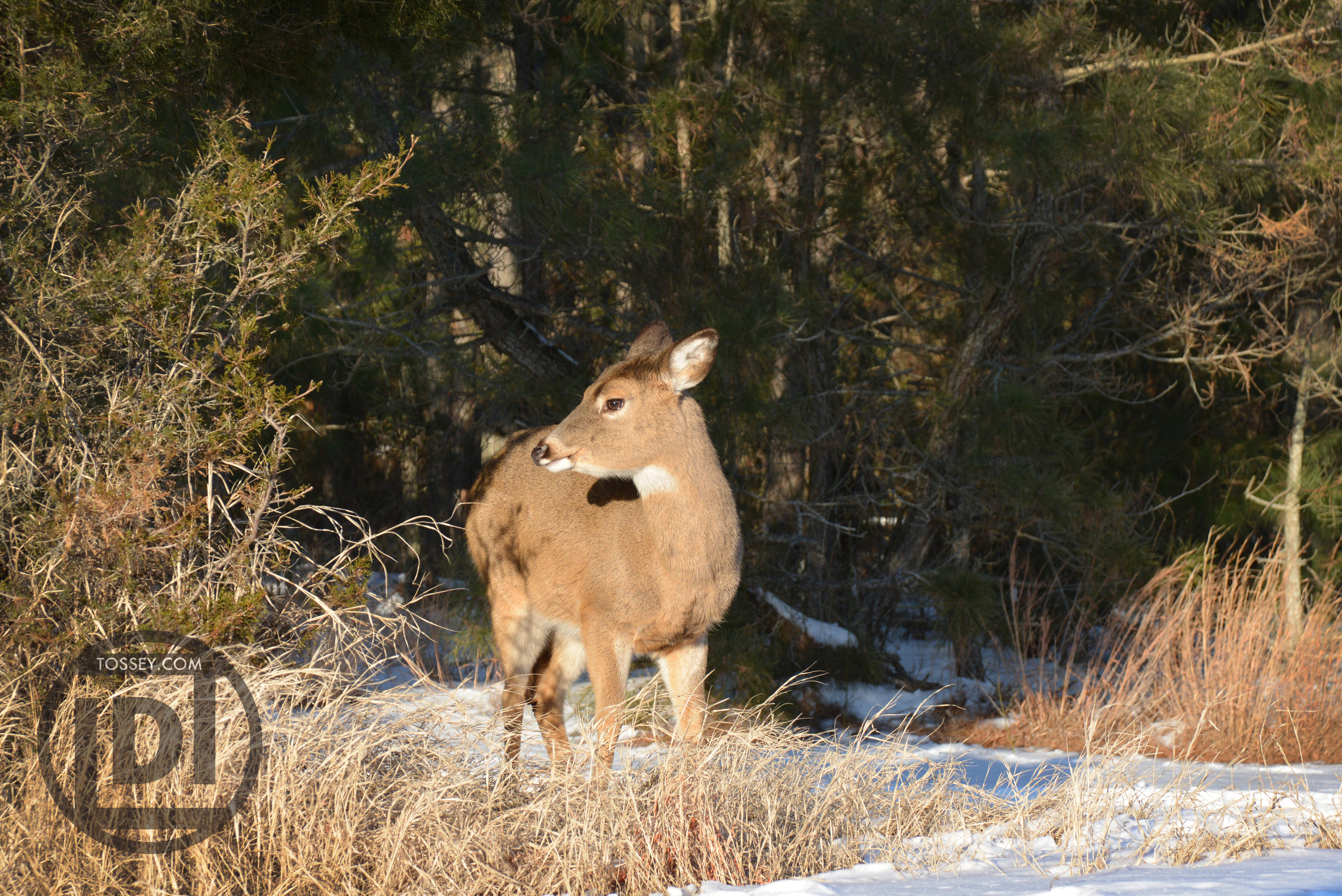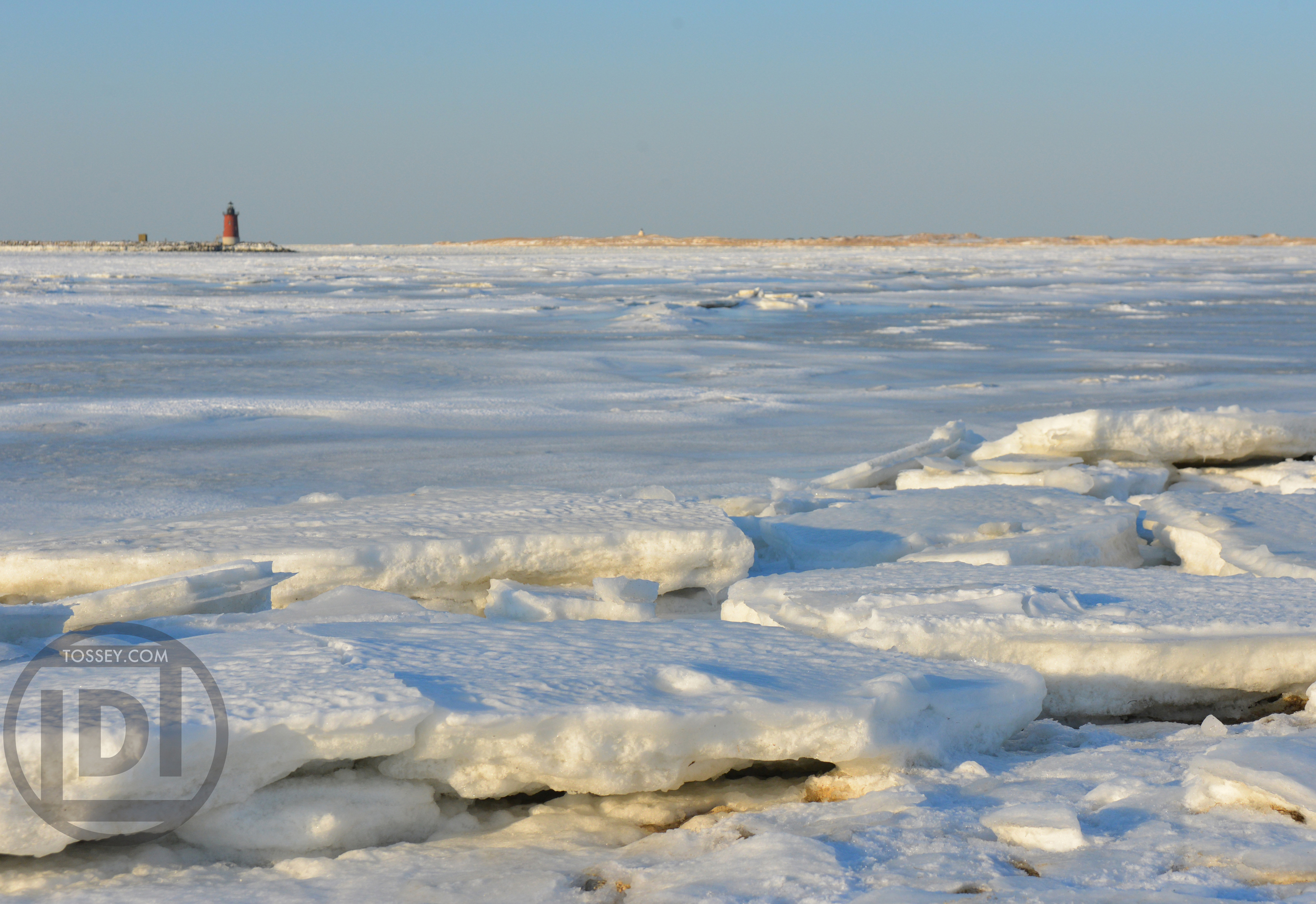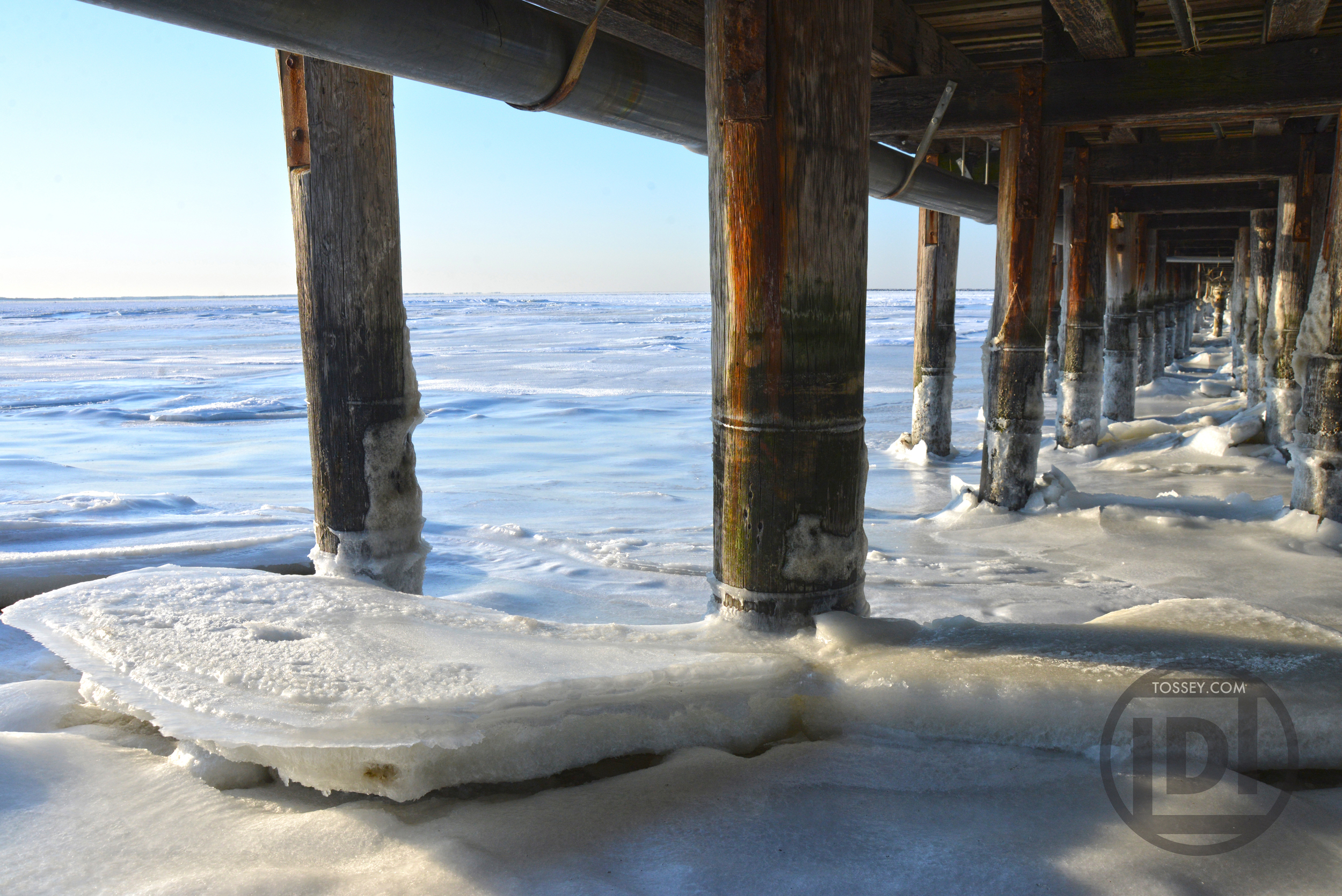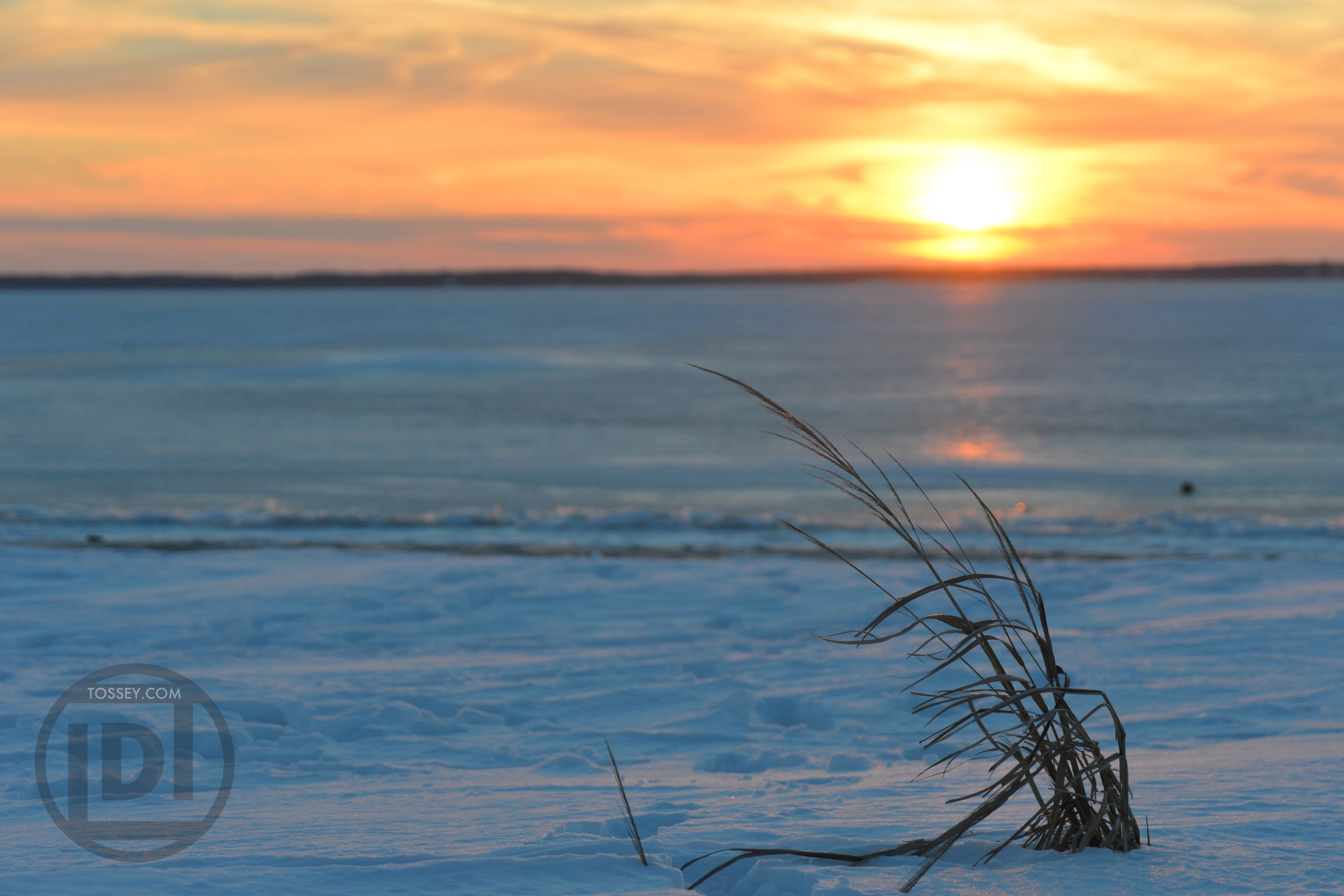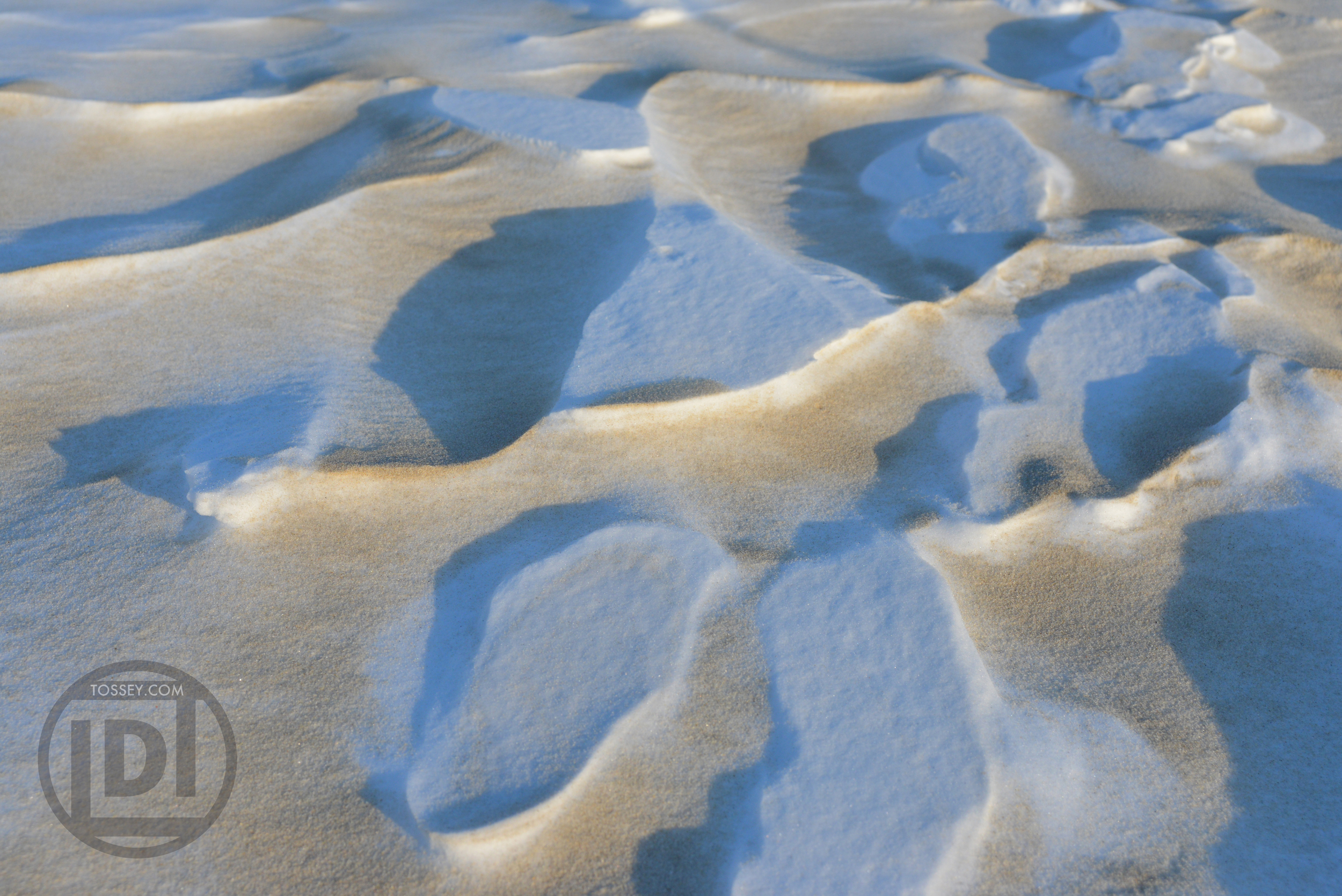This was truly an international conference, drawing in more than 130 delegates from over 12 counties. I was fortunate enough to be invited to present a 90-minute mini-workshop on my work using digital tools in informal science education. My session, Digital Storytelling – Engaging Others Using the Technology in your Pocket, drew over 25 participants who were eager to start incorporating social media and videos into their institution’s educational outreach plans.
My presentation focused heavily on the work I have been doing with the Delaware Sea Grant College Program and the related research I have undertaken as part of my Ed.D. portfolio work. In the days following my workshop I had several constructive follow-up conversations with participants, which progressed into email correspondence.
Shortly after the conclusion of the conference, I heard back from one participant, who works for the Department of Conservation in New Zealand, which manages about 40 percent of the country’s land and serves a similar function as our National Parks Service in the U.S. His role includes leading planning for their investment in storytelling in over 500 historic heritage sites throughout New Zealand, and he informed me that he was now looking at adding a digital outreach position due to what he learned in my session. That news and his kind words about my workshop really made the trip worthwhile for me.













